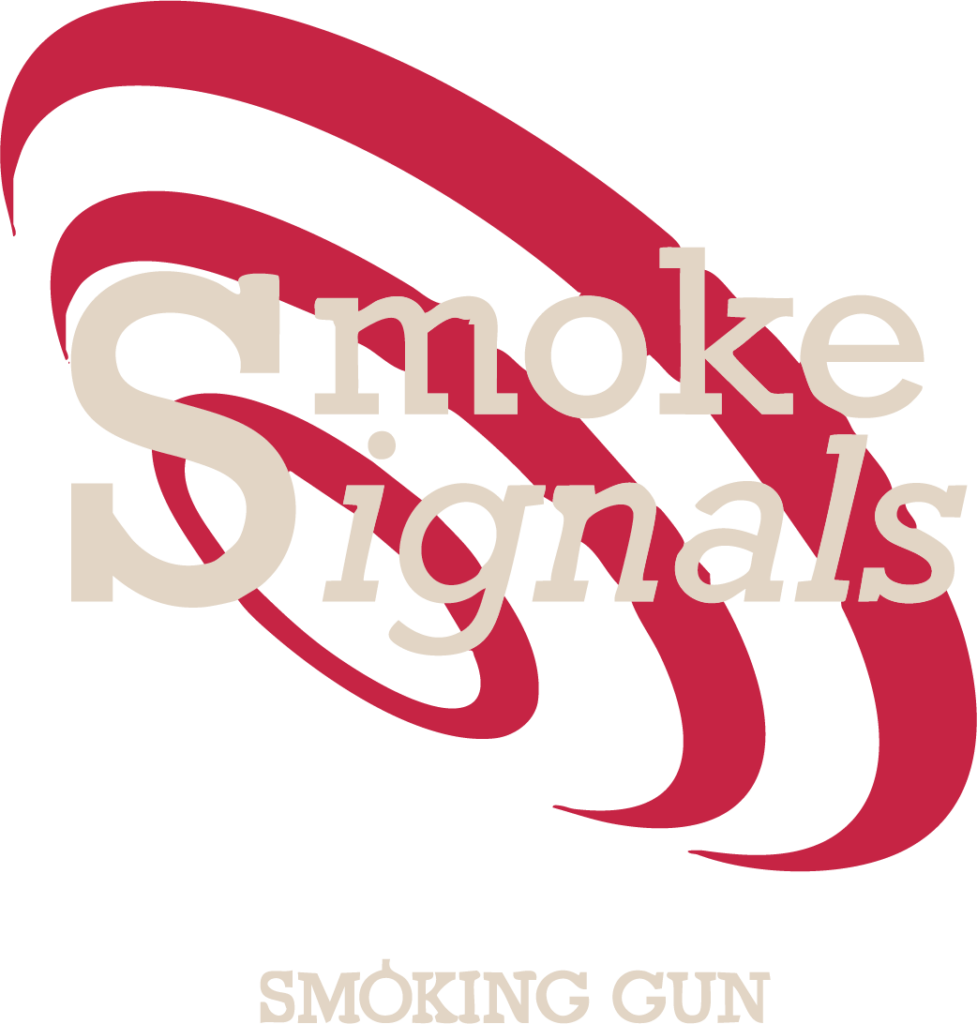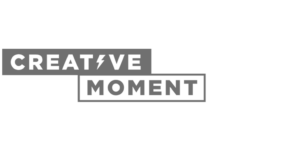
Measurement, evaluation, metrics, stats, big data… whichever way you look at it, Smoking Gun PR is all about getting to grips with the numbers to improve client reach. We’ve even won awards for the way we judge campaign success.
Taking that into account, it should come as no surprise to learn that we’ve been poring over a report which looks to dig into the impact and activity of the UK newspaper industry’s social media usage. Compiled by Brandwatch, the full document can be downloaded here, but to make it a little easier here are some key PR learnings we’ve gleaned, that should be useful to you.
Left leaning titles are winning the battle of likes and followers
Although only representing 2.21% of total print circulation, The Guardian is the market leader for social disciples- with 41.75% of all UK newspaper Twitter followers on its books, and over 25% of all UK newspaper Facebook likes.
The Independent comes in second, with 13.42 and 17.38% respectively. Here’s the full league table:
The TV industry needs to catch up on Twitter
Television brands only put out 9% of all Twitter chatter from UK media outlets, yet 20% of Twitter chatter relating to UK media outlets is about TV- that’s a huge #fail in terms of engagement if you ask us.
In contrast, print media puts out 67% of all Twitter conversations in response to the 60% of audience-generated chatter that relates to print media. Radio is almost on a level playing field- putting in 20% and claiming the same from the audience side of things.
The Independent is the highest ranked title in the social media index
With a score of 89.84, from a possible 100, The Indy’s use of blogs, social, forums, news articles and re-posts tops all broadcast, digital and print outlets in the UK.

The Telegraph has the most engaged Twitter audience
Despite not winning the war of followers, The Telegraph generates the most buzz on Twitter thanks to a highly engaged and responsive audience.
The Independent receives the most re-tweets
The Daily Express accounts for the least, and the same goes for @mentions (comparatively, The Telegraph is top for @mentions).

Always remember Thursday and Friday
Thursday and Friday are the days during which activity from both audience and newspapers peaks. However, newspaper brands decline more rapidly over the weekend, meaning there’s a significant opportunity going to waste- reader content needs are greater than content provision on Saturdays and Sundays.
The early(ish) bird catches the worm
Audiences are most active and engaged, on average, between 8.30-9AM and 11AM on weekday mornings.
There’s only one day when the % of audience retweeting outweighs the % of audience not retweeting
Again, it’s Thursday
News is the most talked about topic by both tabloid and broadsheet audiences
But there are major differences…
Broadsheets have more active audiences for culture and arts, sport, business, lifestyle/environment/travel, and politics.
Tabloids top the pile when it comes to entertainment and news.

Men seem to engage more
The Daily Mirror is the national newspaper women engage with most, with an approximate 42-58% split in favour of male readers. The Independent is the least, with around 37% female engagement.
Reader professions are perhaps surprising
Artists, journalists, executives and politicians favour tabloid news (in that order, descending). Students, researchers, and lecturers prefer broadsheets. Sales, marketing and PR pros are equally divided.
Our Awards
Why stop at global stardom and incredible sales? When our clients work with us, they get the silverware to boot. We’re not into tooting our own horns, but the awards we’ve won with our clients are too good to miss…









